Thumbnail Sketches
STEP 1 BEGIN IN CLASS
- Write your concept out in the form a of a sentence in your sketchbook, to refer back to as you sketch.
REMEMBER:
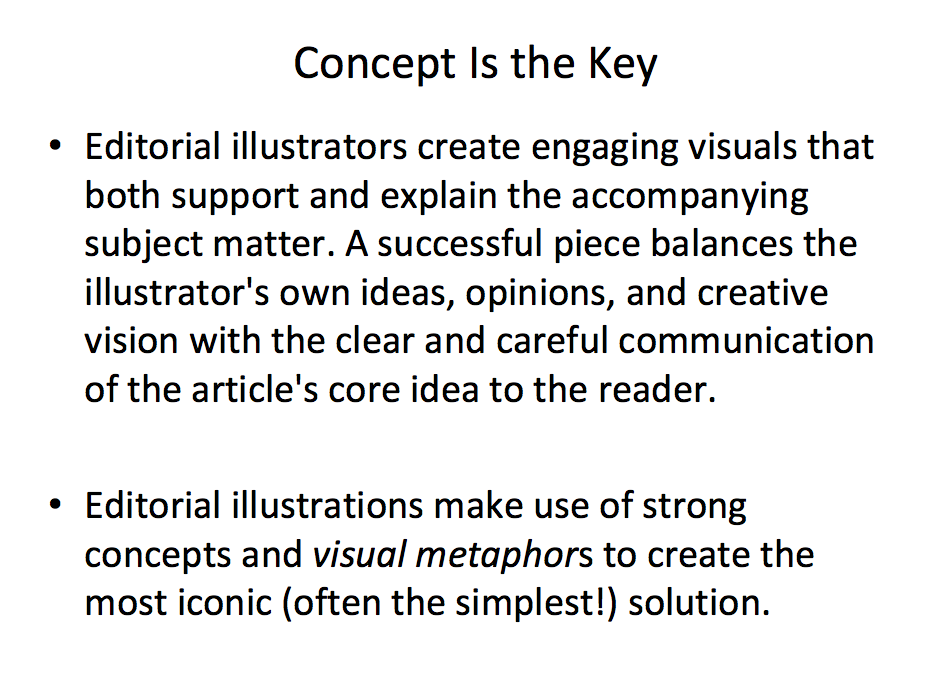
- Using a Ruler make 20 -25 boxes in your sketchbook approx 2″ on the longest side.
- Always draw thumbnail boxes in proportion to your final art!
- Be sure thumbnails don’t share edges. Leave a space between boxes.
- Fill these boxes with 20 – 25 thumbnail sketches exploring your concepts.
- Look at your inspiration board as you explore your concepts visually.
REMEMBER:
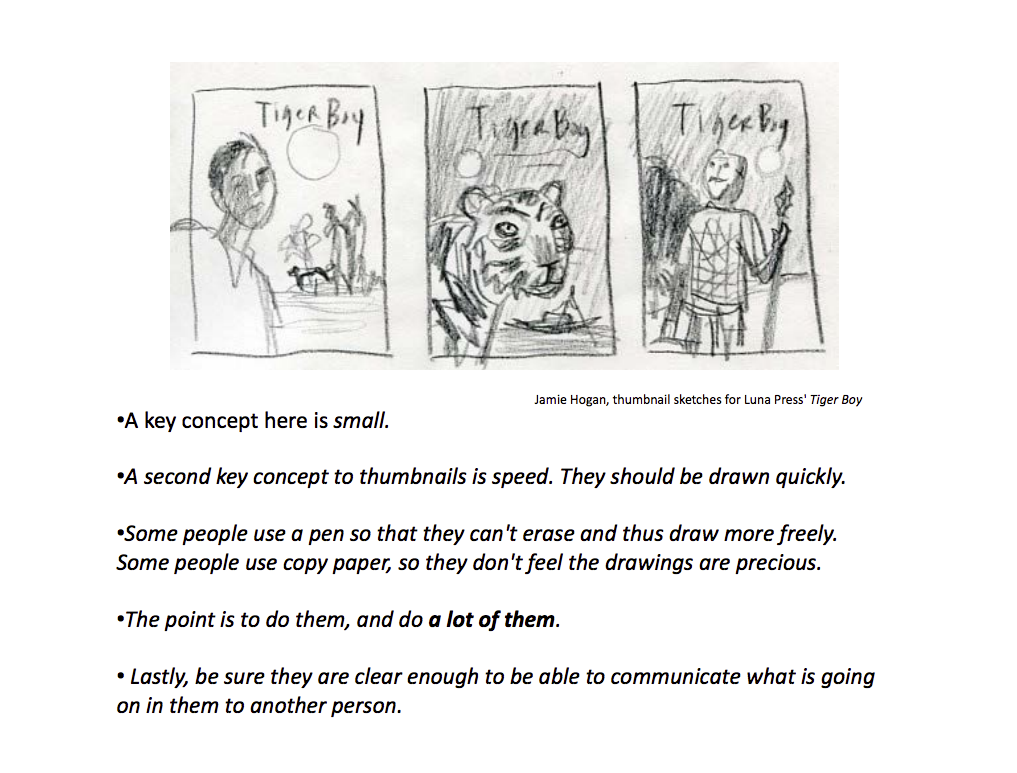

Concept Sketches
STEP 2
- Decide on your top 2-3 thumbnail sketches.
- Choose based on feedback you received from your Art Director (In this case ME.) and your peers, as well as your own passion and design sense.
- Research additional reference images needed and add to your Pinterest board of inspiration for Assignment One. Collect any reference images needed to fully realize each design concept.
- Create mock-ups using digital media to aide in rapid work.
- Sketch 2-3 Concept Sketches.
EXAMPLES:
Compare in this examples the Approved Thumbnail sketch and the corresponding Concept Sketch. Consider where changes were made.

DUE NEXT WEEK:
Post your
- Post your Concept Sketches and Thumbnail Sketches carefully labeled, with name of client, a link to the article you chose, a link to you pinterest, and a description of concepts illustrated, along with any additional sketches you may have done.
- Categorize your post Work in Progress.
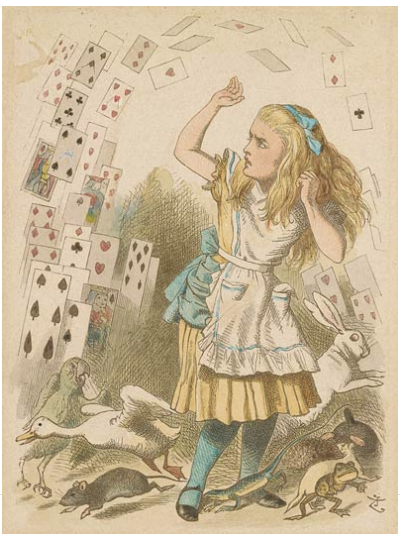
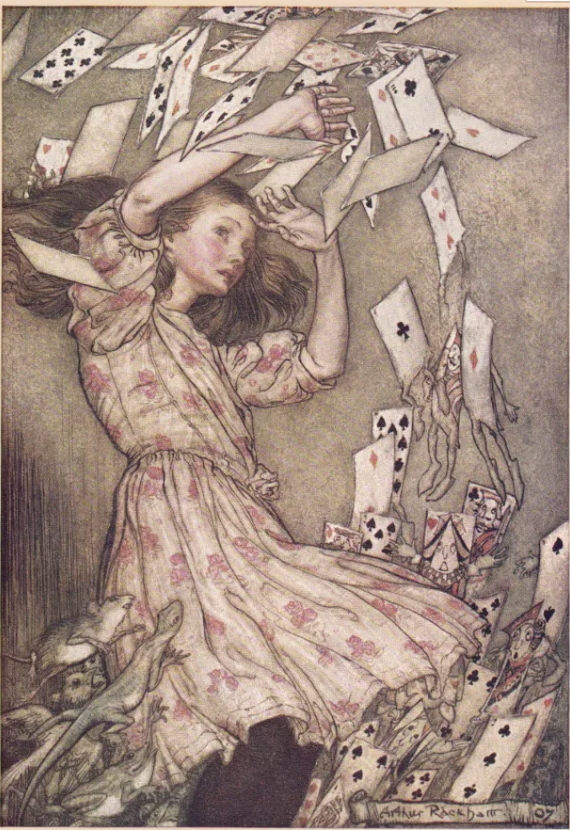
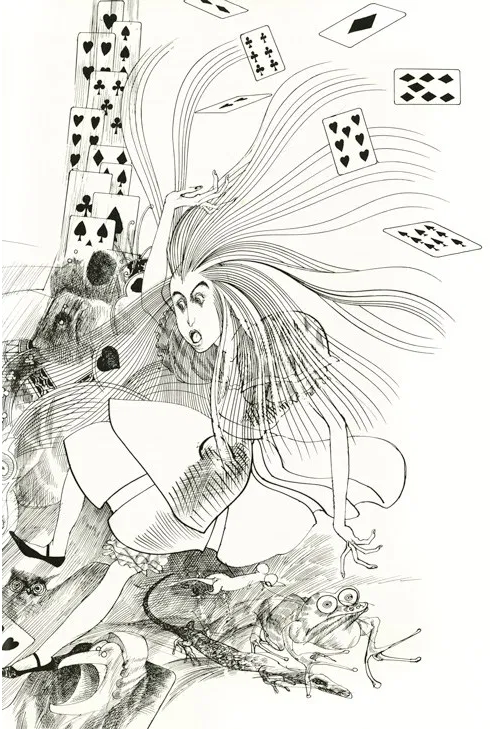
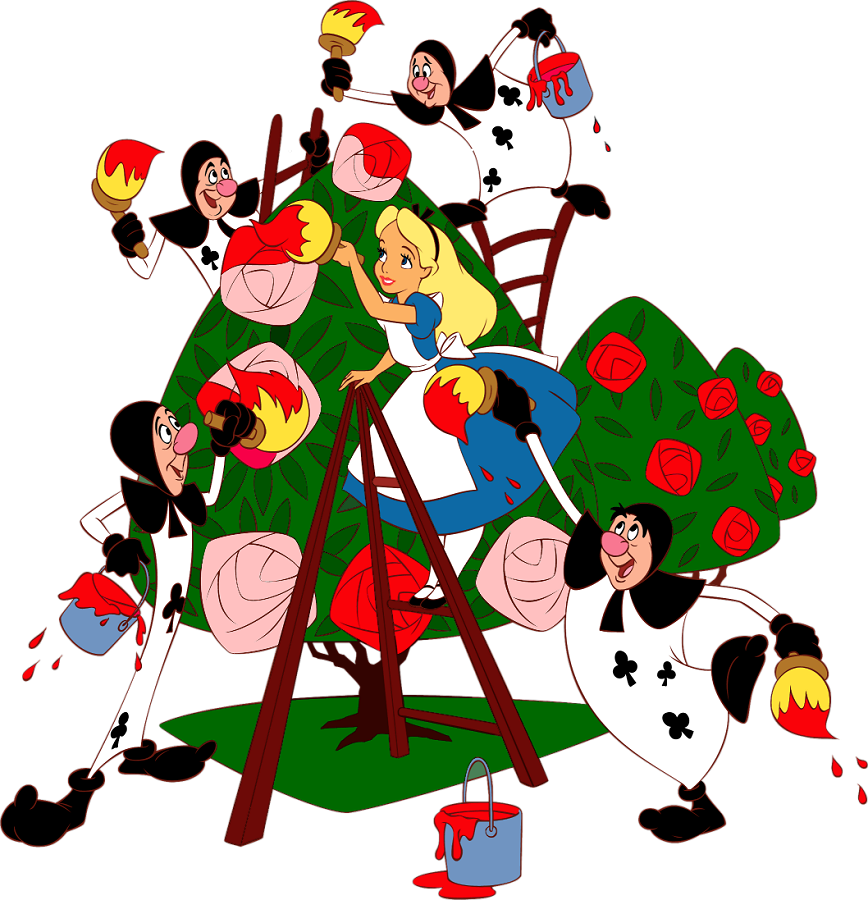
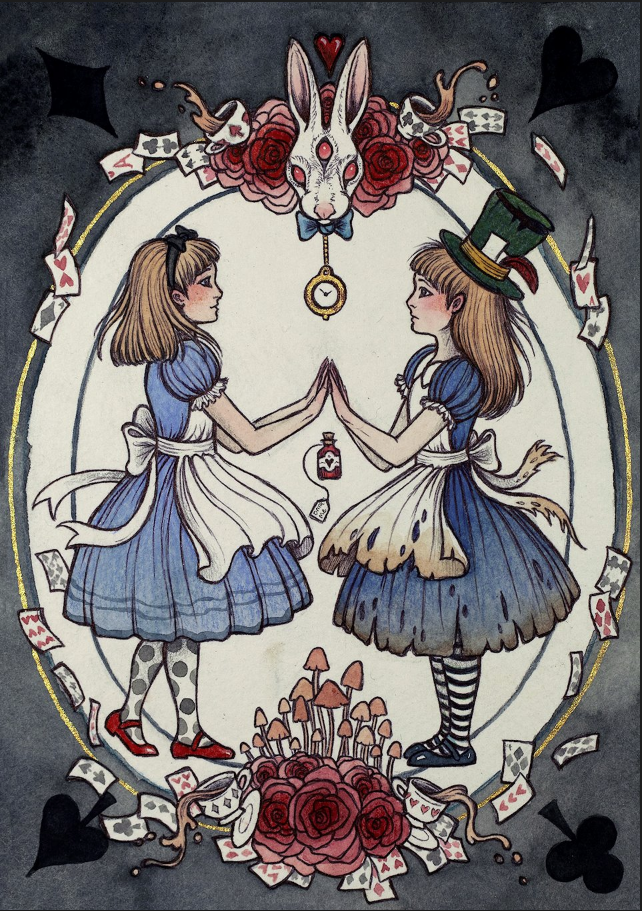
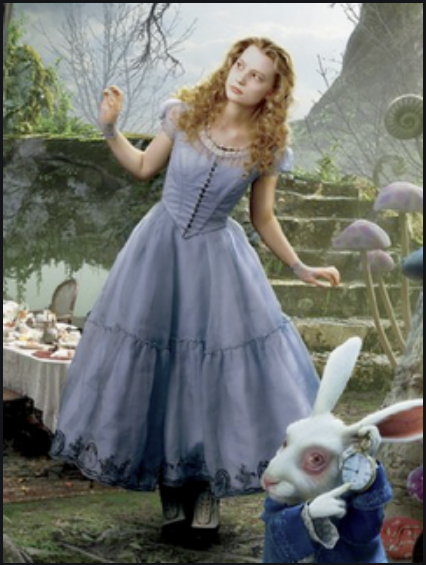
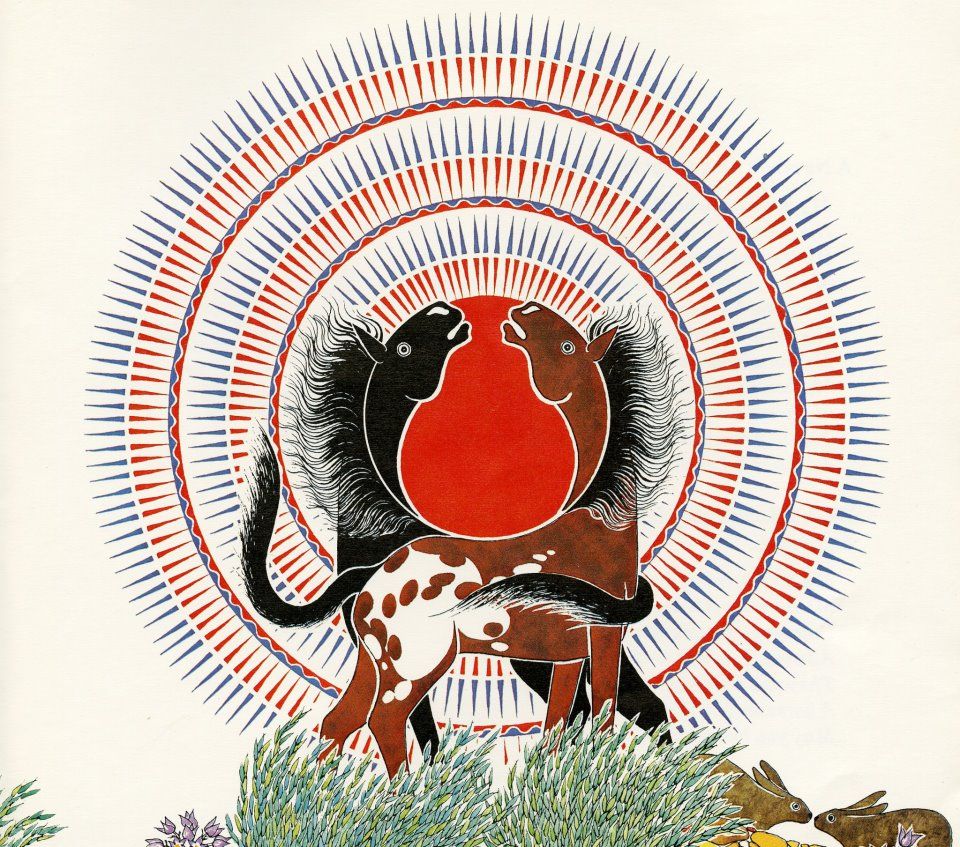




Recent Comments